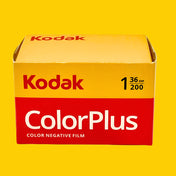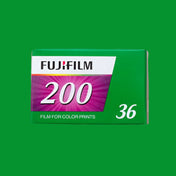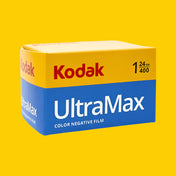Understanding Fungus on Vintage Film Camera Lenses
Fungus on camera lenses is a common concern for collectors and users of vintage film equipment. Often invisible until it begins to affect image quality, fungus can grow on internal or external elements when lenses are stored in humid conditions without proper airflow. This post explores what causes lens fungus, how to detect it, and whether it's worth cleaning or replacing the lens.
What Causes Fungus on Lenses?
Lens fungus is typically the result of moisture combined with organic particles, such as dust or skin oils, inside or on the lens. Fungus thrives in dark, warm, and humid environments — making storage a critical factor. Lenses kept in damp rooms, leather cases, or without silica gel packets are especially vulnerable.
How to Spot Fungus
You may notice fine web-like patterns or spots inside the lens, often resembling threads or a foggy haze. Shine a small torch through the lens from the rear element while looking through the front to help reveal fungal growth. External elements may show faint etching or surface haze.
Can Fungus Be Removed?
In some cases, yes. External fungus can sometimes be cleaned with isopropyl alcohol or specialised lens cleaning fluid. Internal fungus, however, may require full disassembly — something best left to a trained technician. Even if removed, advanced fungal growth may leave permanent etching on the lens coatings or glass.
Does Fungus Ruin the Lens?
If caught early, a lens with minor fungus can often be saved with minimal impact on performance. However, extensive growth — especially if it has etched the coatings — may lower image contrast or sharpness. For valuable lenses, professional cleaning may be worthwhile. For lower-value lenses, replacement might be more practical.
How to Prevent Lens Fungus
- Store lenses in a dry, well-ventilated area
- Use silica gel or dehumidifying cabinets
- Avoid leather cases for long-term storage
- Expose lenses to indirect sunlight occasionally
- Inspect lenses regularly for early signs
Conclusion
Lens fungus is not uncommon in the world of vintage photography, but it doesn’t always spell the end for your equipment. With proper storage, occasional checks, and timely action, you can prevent fungus or keep it from spreading. Whether you're restoring a favourite lens or browsing for a bargain online, understanding the risks and remedies of lens fungus helps protect your gear for the long run.
For more detailed tips on storing your film gear — such as avoiding direct sunlight and maintaining ideal storage temperatures — see our guide on rediscovering analogue film photography.
Lens fungus is not uncommon in the world of vintage photography, but it doesn’t always spell the end for your equipment. With proper storage, occasional checks, and timely action, you can prevent fungus or keep it from spreading. Whether you're restoring a favourite lens or browsing for a bargain online, understanding the risks and remedies of lens fungus helps protect your gear for the long run.













